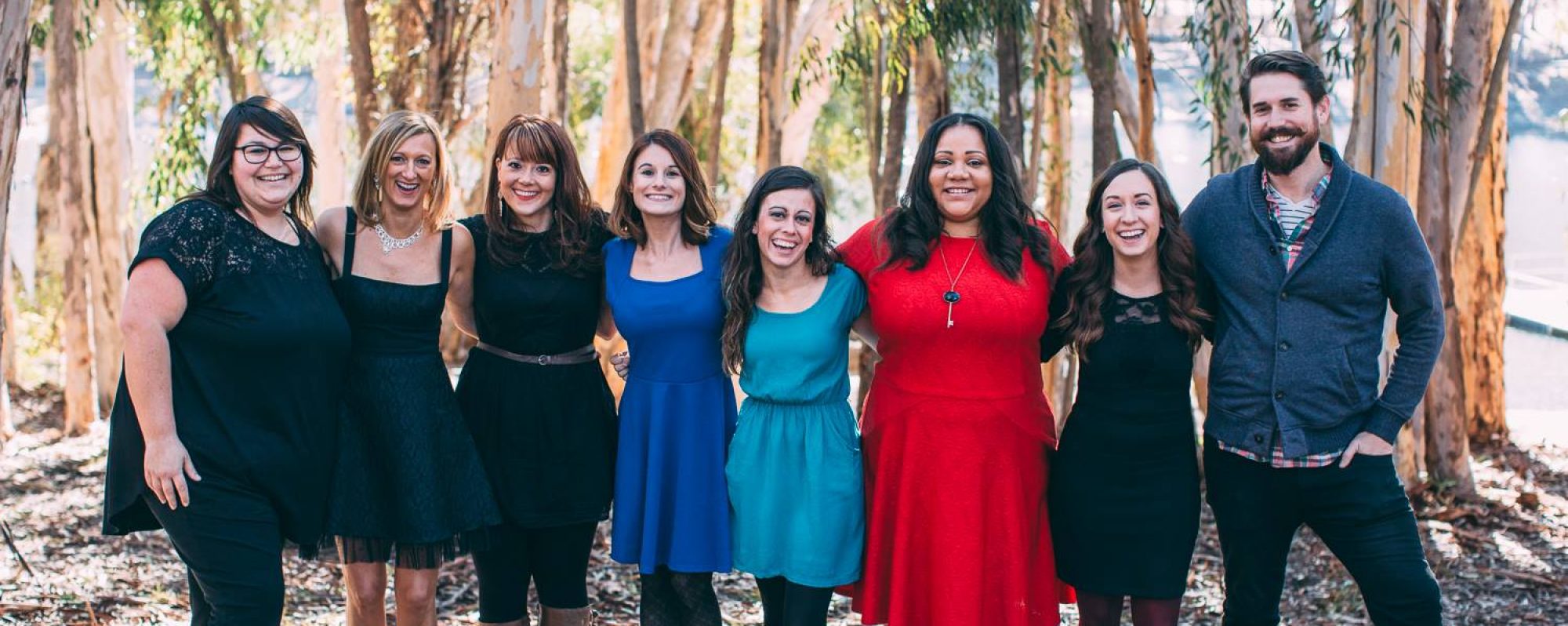As music therapists, advocating for the profession is an incredibly significant aspect of the job. While it’s nice to be considered a “happy music person,” there’s much more to the job description than just playing feel good music for others all the time! Now enter *drum roll please* the Transformational Design Model.
The Transformational Design Model (TDM), designed by Dr. Michael Thaut, provides a system for translating the scientific model to functional music therapy practice, specifically in regards to Neurologic Music Therapy. There are five steps to the model including:
- Diagnostic and functional assessment of a patient or client (find client strengths and weaknesses)
- Development of therapeutic goals/objectives
- Design functional, nonmusical therapeutic exercises and stimuli
- Translation of step 3 to functional therapeutic music experiences (incorporate music interventions to address the goals)
- Transfer the therapeutic learning to functional, nonmusical real world applications (generalize)
The TDM is beneficial because of its functionality. It provides the ability for music therapists to address a client’s nonmusical goals (ex: social, emotional, cognitive, motor skills) with music interventions. In other words, TDM provides a model for music therapists to efficiently translate the scientific model by applying music to achieve the therapeutic goal. The TDM is significant in terms of advocacy because it puts the focus in the specific goals and objectives of a client, which can be assessed and measured, and less on the music activity presented. Music exercises that are isomorphic, or similar in structure, to non-music exercises are incorporated into a session so the goals (socialization, mood vectoring, gait training, etc) can be addressed and interventions chosen by the therapist are validated.
Here are examples of an activity-based approach in comparison to one based off of the TDM:
- ACTIVITY BASED APPROACH: The music therapist chooses a popular song that the client knows. After choosing the activity, the therapist then decides that playing the piano can be helpful in improving finger dexterity and fine motor skills which can be beneficial for the client to improve upon.
- TDM APPROACH:
- The music therapist assesses the client’s strengths and weaknesses, noting that the client appears to have minimal dexterity.
- The client shows need for improvement with muscle tone, fine motor skills and coordination with the fingers and hands.
- The MT may collaborate with other disciplines to determine if they have similar goals for the client and how they are addressing said goals in their therapeutic practice.
- At this point, the MT decides that incorporating a piano playing activity in the session plan may be a beneficial intervention for reaching the client’s goal/objective.
- The MT can then generalize ways for the client to apply the skills learned by playing piano in the session to the client’s daily life.
As music therapy is an evidence-based practice, the TDM is a model that helps make sure the goals and objectives of each client that need to be addressed are actually being addressed in the therapeutic setting.
Thaut, M. H. (2008). Rhythm, music, and the brain: Scientific foundations and clinical applications. Abingdon: Routledge.
Until next time,
Katherine


